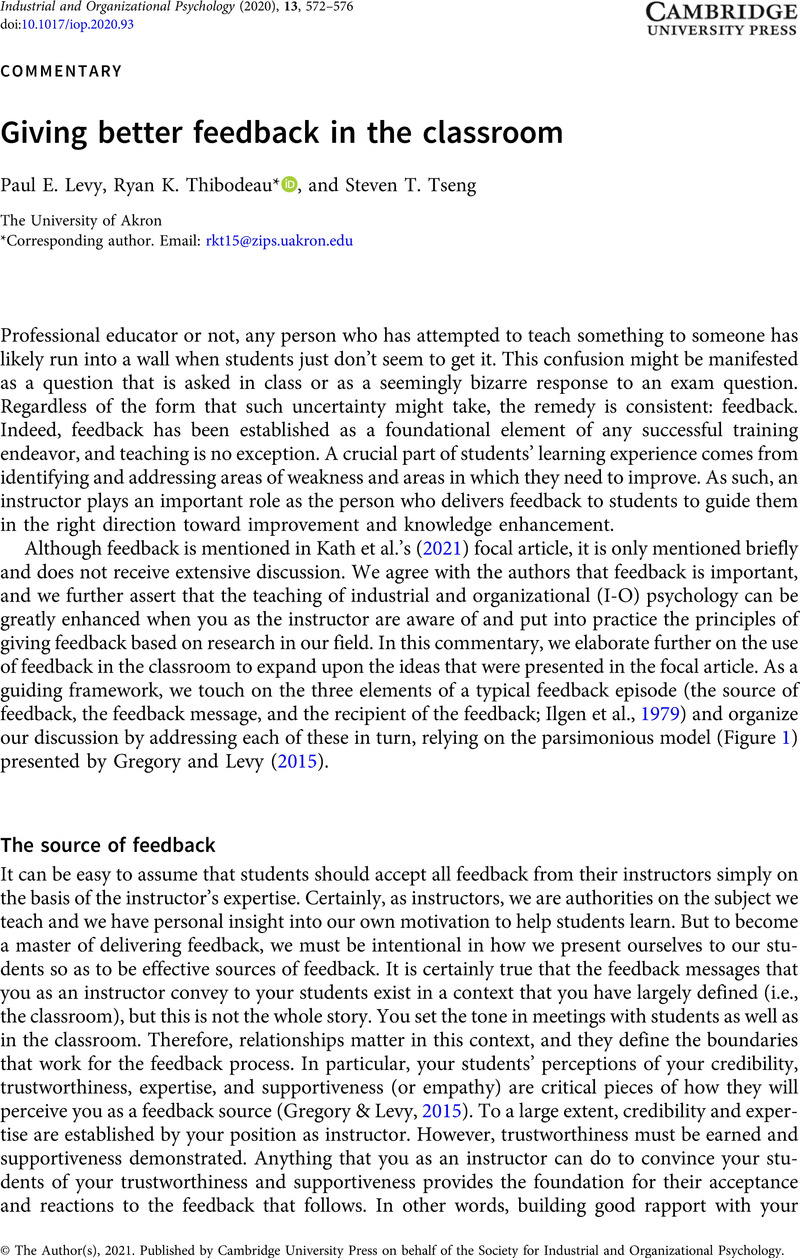Levy, P. E.,
Tseng, S. T.,
Rosen, C. C., &
Lueke, S. B. (
2017). Performance management: A marriage between practice and science–Just say “I do.” In M. R. Buckley, A. R. Wheeler, and J. R. B. Halbesleben (Eds.),
Research in personnel and human resources management (pp. 155–213).
Emerald Publishing Limited.
Google Scholar 